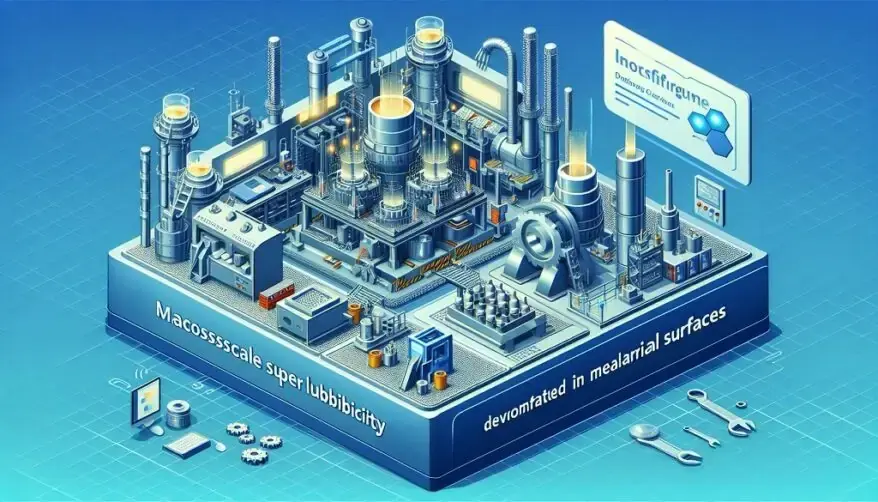Achieving Macroscale Superlubricity: A Breakthrough in Friction Reduction
Estimated reading time: 3 minutes
Researchers from the SUNY Polytechnic Institute (SUNY Poly) have made a significant breakthrough in Macroscale Superlubricity. They published their work in the journal Applied Materials Today. Their discovery focuses on reducing friction. Friction is the resistance encountered when one surface moves over another. This advancement has the potential to improve various technologies. This finding is considered remarkable in the scientific community. Dr. Winston Wole Soboyejo, the president of SUNY Poly, and postdoctoral researcher Dr. Tabiri Kwayie Asumadu, led the study. Their work explores a new method to reduce friction on metallic surfaces. This discovery could have significant real-world impacts.
The research team’s findings challenge the old belief that superlubricity is only possible at the nanoscale. Superlubricity is a state where there is almost no friction. The team showed that they could maintain superlubricity at the macroscale. Macroscale means at a larger, more practical size. They achieved this under normal atmospheric conditions. They also maintained it for extended periods of time.
The key to this breakthrough is the use of sustainably produced carbon coatings derived from biowaste. These carbon coatings are special. They have a unique structure. This structure includes tiny carbon crystals and different types of graphene patterns. Scientists applied these coatings to metal surfaces. The metals used were structural steels, titanium, and nickel alloys. Both experimental and computational analyses have validated the remarkable performance of these carbon-coated surfaces.
Applications of Superlubricity
The implications of this research are far-reaching. These new coatings can greatly improve fuel efficiency in cars. Passenger vehicles use over 30% of their fuel to fight against friction. In manufacturing and industrial machines, these coatings can reduce wear and tear. This reduction can save a lot of money. Countries spend 1-4% of their GDP on problems caused by friction in equipment.
The researchers studied how this technology can be used in electronic devices. In these devices, friction at a very small scale can cause big problems. By addressing these issues, the team’s work offers a pathway to a more sustainable industrial future.
Researchers have carefully explained the mechanisms behind macroscale superlubricity. Macroscale superlubricity is when very little friction occurs between surfaces. This explanation gives us important details about how the coating and the surface it is on interact. These interactions make this special kind of lubrication happen.
Researchers also discussed using biowaste as a carbon source. Biowaste comes from things like food scraps and plant material. They can turn this waste into strong, low-cost carbon coatings. These coatings are very slick and can be applied to metal surfaces. This process is part of a circular economy. A circular economy focuses on reusing waste to create new products.
Published in Applied Materials Today, this groundbreaking research makes great progress in reducing friction. It can change many industries. These range from automotive businesses to manufacturing companies and more.
Thanks for reading!
You may like reading other interesting articles
Check out ENTECH magazine at entechonline.com for articles by experienced professionals, innovators, and researchers.






